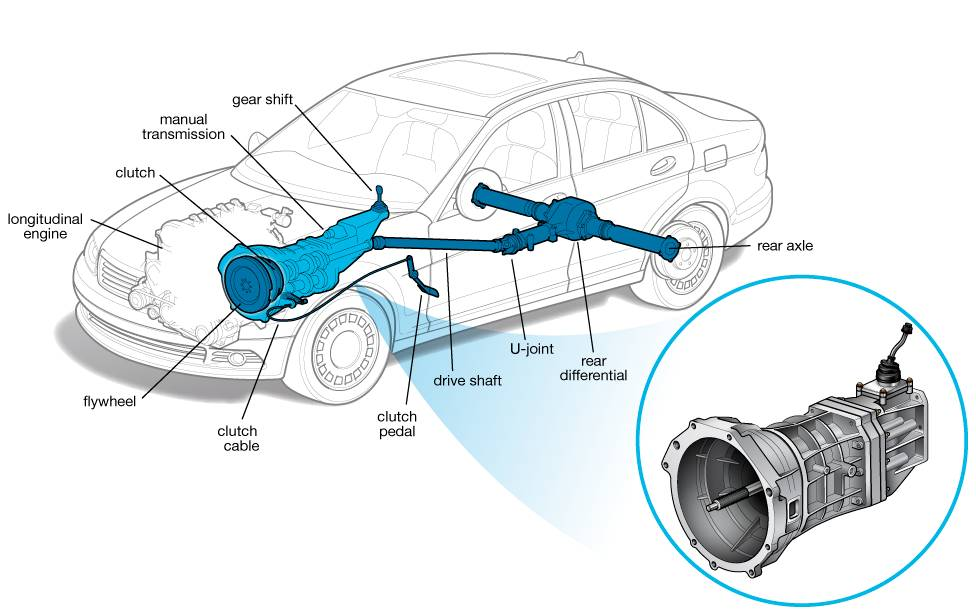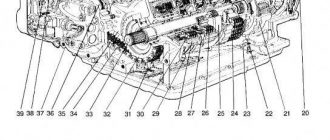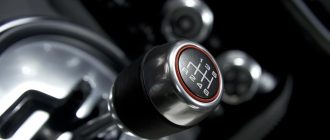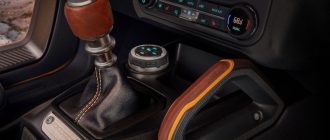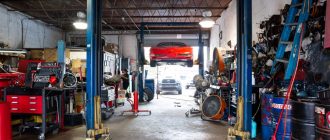Transmission in Car Meaning
A transmission is a mechanical device that allows the engine’s power to be transferred to the wheels. It does this by changing the speed and torque of the engine’s output, which allows the car to move at different speeds and in different conditions.
There are two main types of transmissions: manual and automatic. Manual transmissions require the driver to shift gears manually, while automatic transmissions shift gears automatically.
Manual transmissions are generally more efficient than automatic transmissions, but they can be more difficult to drive. Automatic transmissions are easier to drive, but they are less efficient and can be more expensive to repair.
Components of a Transmission
The main components of a transmission are:
* Gears: Gears are used to change the speed and torque of the engine’s output.
* Shift forks: Shift forks are used to move the gears in and out of engagement.
* Synchronizers: Synchronizers are used to match the speed of the gears before they are engaged, which prevents grinding and damage.
* Clutch: The clutch is used to disconnect the engine from the transmission when shifting gears.
Types of Transmissions
There are many different types of transmissions, but the most common types are:
* Manual transmissions: Manual transmissions require the driver to shift gears manually.
* Automatic transmissions: Automatic transmissions shift gears automatically.
* Continuously variable transmissions (CVTs): CVTs use a belt or chain to transmit power from the engine to the wheels, which allows for smooth and efficient shifting.
* Dual-clutch transmissions (DCTs): DCTs use two clutches to shift gears, which provides quick and seamless shifts.
How a Transmission Works
When the engine is running, it produces power that is transferred to the transmission. The transmission then uses gears to change the speed and torque of the engine’s output. This allows the car to move at different speeds and in different conditions.
To shift gears, the driver uses the shift lever to move the shift forks. The shift forks then move the gears in and out of engagement. Synchronizers are used to match the speed of the gears before they are engaged, which prevents grinding and damage.
The clutch is used to disconnect the engine from the transmission when shifting gears. This allows the driver to shift gears smoothly without damaging the transmission.
Transmission Problems
There are a number of different transmission problems that can occur, including:
* Grinding: Grinding is a common transmission problem that occurs when the gears are not properly engaged.
* Slipping: Slipping is a transmission problem that occurs when the clutch is not properly engaged.
* Leaking: Leaking is a transmission problem that can occur when the transmission fluid leaks out.
* Failure: Transmission failure can occur when the transmission is severely damaged or worn out.
Transmission Maintenance
There are a number of things that can be done to maintain a transmission, including:
* Regular transmission fluid changes: Transmission fluid should be changed regularly to keep it clean and free of debris.
* Checking transmission fluid levels: Transmission fluid levels should be checked regularly to ensure that the transmission is properly lubricated.
* Inspecting transmission components: Transmission components should be inspected regularly for wear and damage.
* Avoiding overloading the transmission: Avoid overloading the transmission by not towing heavy loads or driving in difficult conditions.
By following these maintenance tips, you can help to extend the life of your transmission and keep your car running smoothly.
Additional Information
* The transmission is a very important part of a car. It allows the engine’s power to be transferred to the wheels, which makes it possible to drive the car.
* There are many different types of transmissions, each with its own advantages and disadvantages.
* Transmission problems can be a major inconvenience. If you experience any transmission problems, it is important to have them diagnosed and repaired as soon as possible.
* Regular transmission maintenance can help to extend the life of your transmission and keep your car running smoothly.
